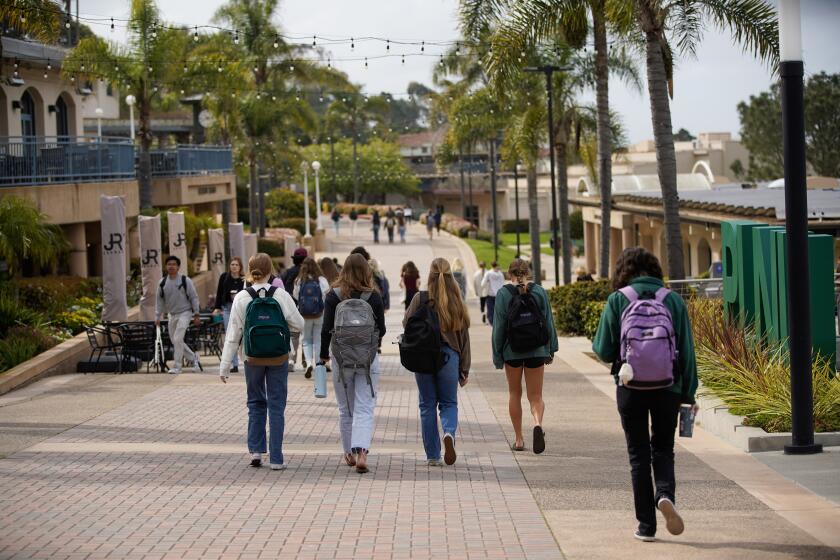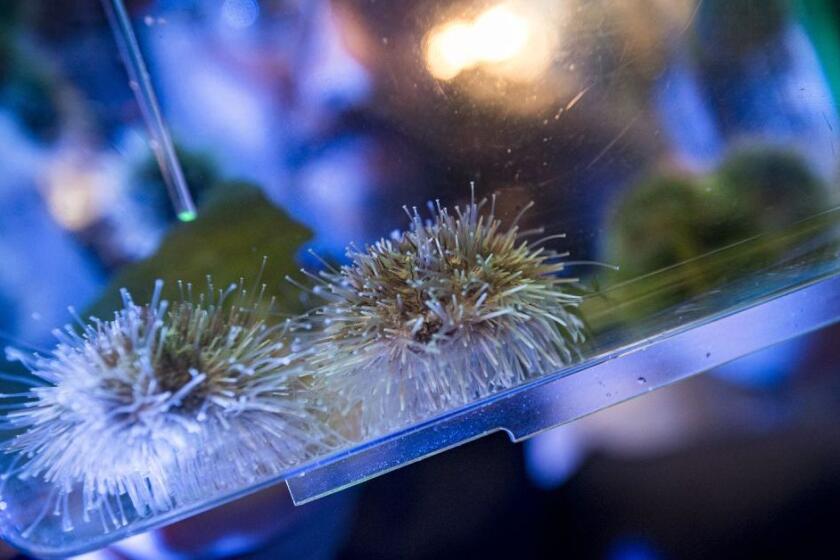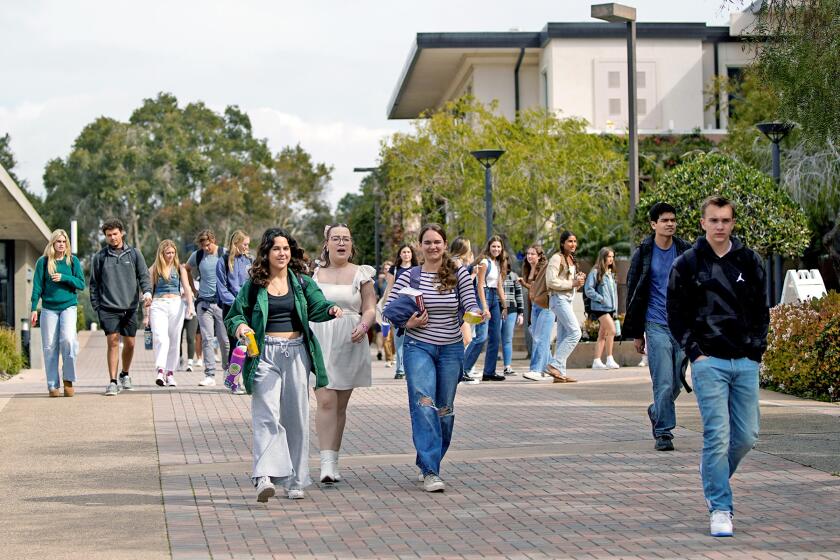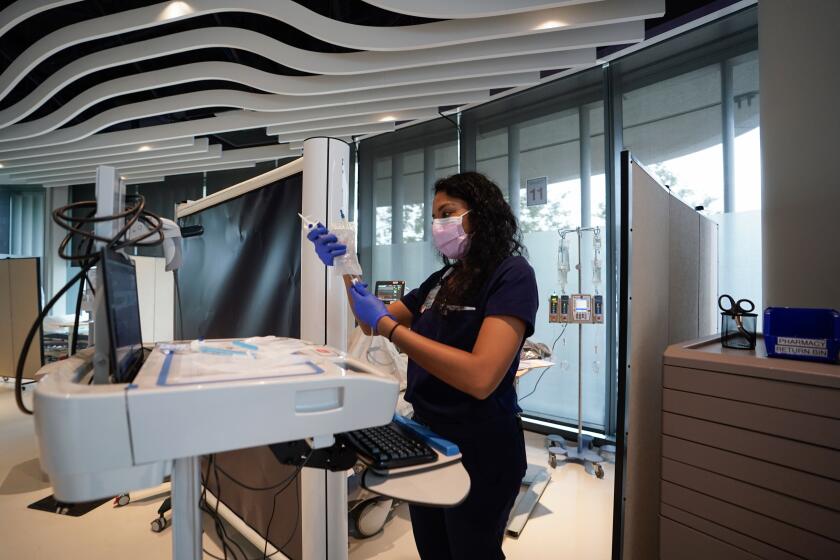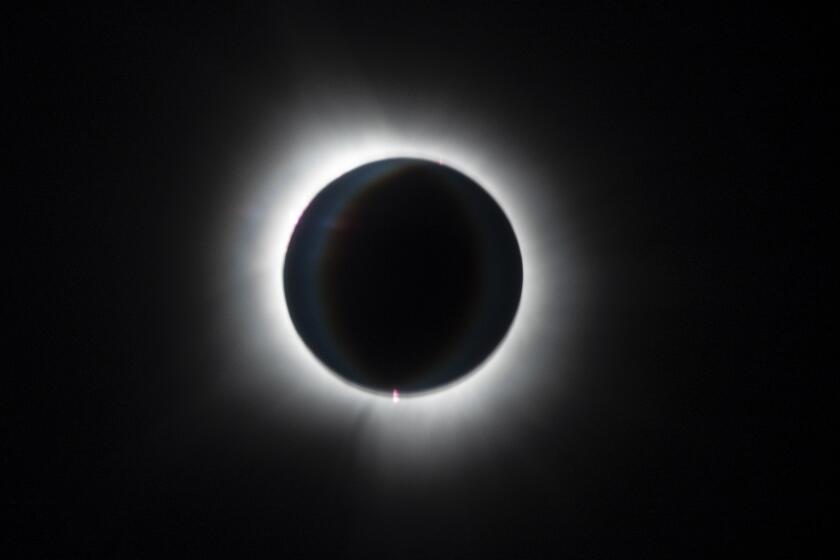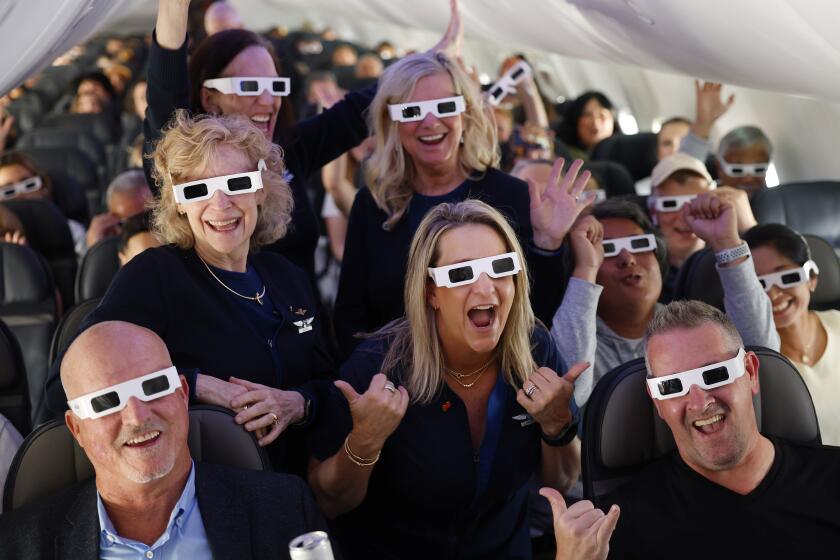Do happy people take happy photos?
UC San Diego will examine one million Twitter images to study the comparative happiness of people in dozens of cities -- an effort to broadly assess the mood and well-being of society. Scholars will review everything from people’s facial expressions to whether an image’s colors project a sense of warmth and hopefulness.
The university is one of six institutions worldwide that won a Twitter Data Grant, which gives scholars unusually deep access to the company’s postings and databases, along with technical help. More than 1,300 proposals were submitted from 60 countries.
Twitter chose the University of California San Diego’s proposal, “Do Happy People Take Happy Images? Measuring Happiness of Cities,” a project that involves sentiment analysis, the use of algorithms to home in on attitude and context in words as well as images.
The year-long study is being led by renowned media theorist Lev Manovich, a City University of New York Graduate Center scientist who also operates a lab at UC San Diego’s Calit2, a technology test bed. Much of the research will be conducted at Calit2, where many scholars specialize in studying how digital media is changing culture, society and art.
“Our overall goal is to study the differences between styles and aesthetics of (Twitter) images created and shared by people in different locations,” Manovich told U-T San Diego. “In a recent study of Instagram selfies from five global cities, we have shown that the styles of selfies vary significantly between cities and genders. In another project we analyzed 2.3 million Instagram photos from 13 cities to reveal the distinct ‘visual signature’ of each city.”
Other than San Diego, the researchers haven’t chosen which cities they’ll focus on in the upcoming study. But the project will compare the visual features in the tweeted images against traditional measures of happiness, such as Gallup Well-Being Index and the Peace Index (a composite of homicides, violent crimes, jailed populations, and the numbers of police officers in a specific area).
Manovich said, “Rather than starting from some preconceived idea (‘people who are more happy share brighter images’), we will systematically evaluate many features. These are standard features used in image processing such as brightness/saturation/hue statistics, measures of texture such as entropy, and measures of composition such as symmetry, etc. In addition to extracting these and other features from all tweeted images, we will also study separately portraits and self-portraits of people (‘selfies) which we will filter using the methods we used in the Selfiecity project.
“We can then test if the characteristics of such images (such as proportions of selfies, or proportions of smiling selfies) can be correlated with happiness measures. For example, do cities that are more ‘happy’ have more selfies and do people smile more when taking selfies? We believe that images can transcend the limitations of language. By studying large sets of images shared on social media, we hope to develop new ways to understand the well-being of a society and the ‘what, where, and when’ of a society’s needs.”
In addition to Calit2, the project will involve researchers from UC San Diego’s Department of Computer Science and Engineering, and the university’s Center for Human Imagination.
Twitter said the five other DataGrant awards went to:
- Harvard Medical School / Boston Children’s Hospital (US): Foodborne Gastrointestinal Illness Surveillance using Twitter Data
- NICT (Japan): Disaster Information Analysis System
- University of Twente (Netherlands): The Diffusion And Effectiveness of Cancer Early Detection Campaigns on Twitter
- University of Wollongong (Australia): Using GeoSocial Intelligence to Model Urban Flooding in Jakarta, Indonesia
- University of East London (UK): Exploring the relationship between Tweets and Sports Team Performance
Get Essential San Diego, weekday mornings
Get top headlines from the Union-Tribune in your inbox weekday mornings, including top news, local, sports, business, entertainment and opinion.
You may occasionally receive promotional content from the San Diego Union-Tribune.

